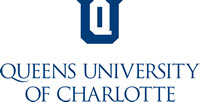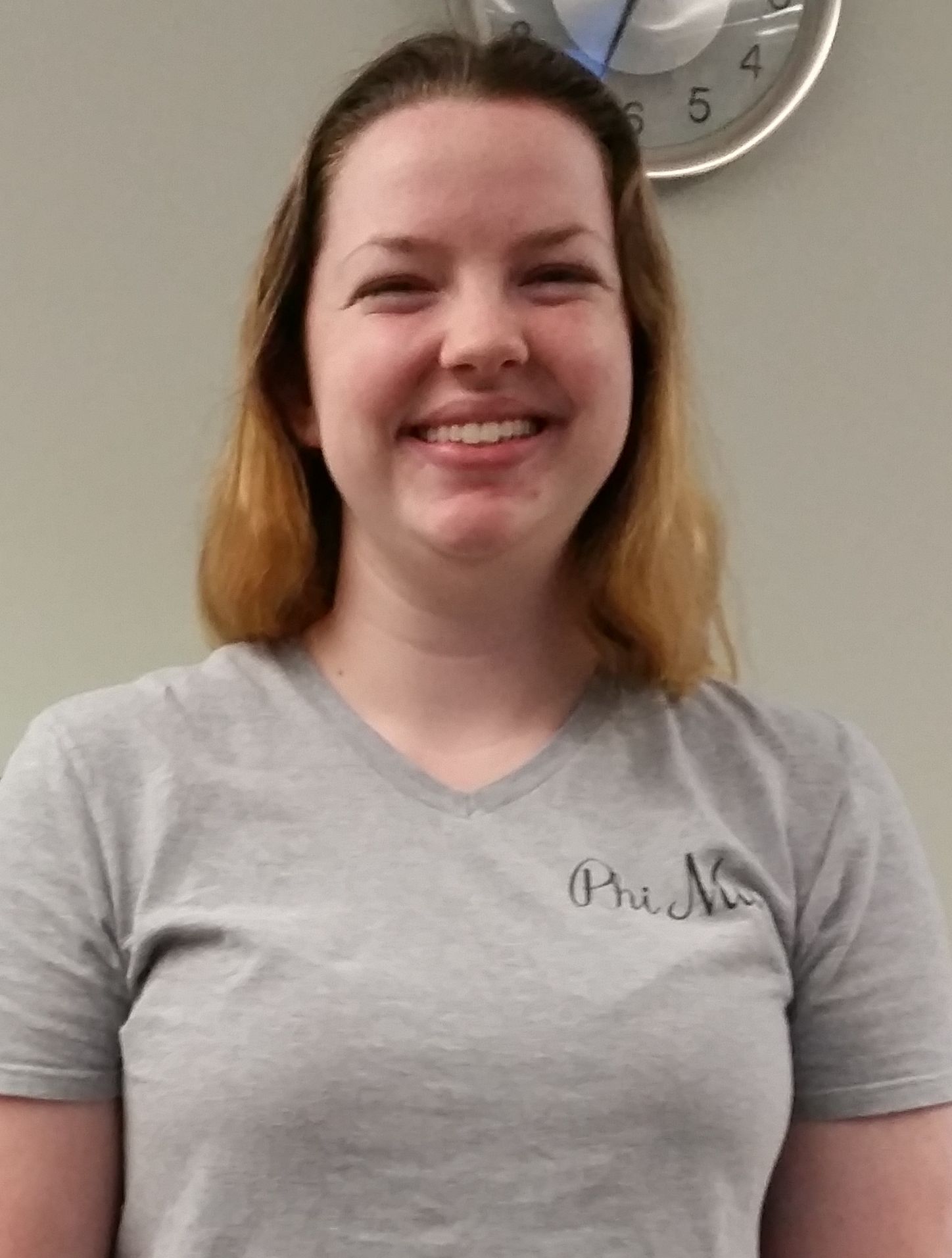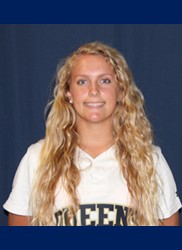Below is a summary of the abstract you submitted. Presenting author(s) is shown in bold.
If any changes need to be made, you can modify the abstract or change the authors.
You can also download a .docx version of this abstract.
If there are any problems, please email Dan at dar78@pitt.edu and he'll take care of them!
This abstract was last modified on May 5, 2017 at 1:36 p.m..

During Queens’ first year in the SEA-PHAGES program students isolated and characterized two novel phages from local soil samples. These phages were grown in the bacterial host Mycobacterium smegmatis mc2155 and were extracted using enriched isolation. Bacteriophage “Ebony” was identified from soil north of Charlotte and “HoleinOne” was extracted from soil on the outskirts of a golf course. Both phages were isolated, purified, and amplified using protocols from the Phage Discovery Guide as a part of the SEA-PHAGES program. The plaque size for Ebony was approximately 4mm, whereas HoleInOne plaques were less than 1mm. Transmission Electron Microscopy revealed that both phages were of the siphoviridae morphotype. After discovery and DNA isolation, Ebony and HoleInOne were sequenced at the Pittsburgh Bacteriophage Institute. Ebony is in cluster A subcluster 11 with 52,152 base pairs and a 63.8% Guanine-Cytosine (GC) content. Following auto annotation using DNAMaster 99 genes were predicted. HoleInOne is in cluster B, subcluster 2 and is 67,044 base pairs in length with a 68.9% GC content and 91 predicted genes. As a result of our inclusion in this program, student and faculty research collaborations are examining the potential use of phage therapy in Caenorhabditis elegans.


